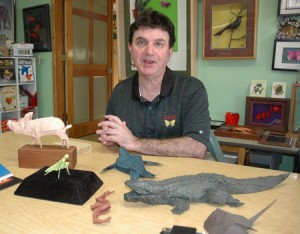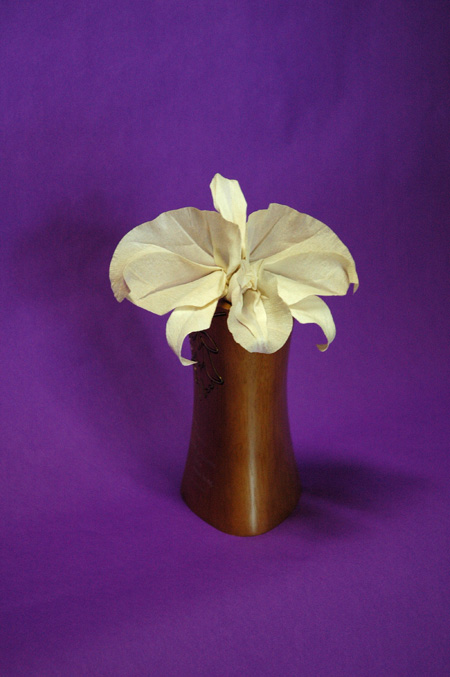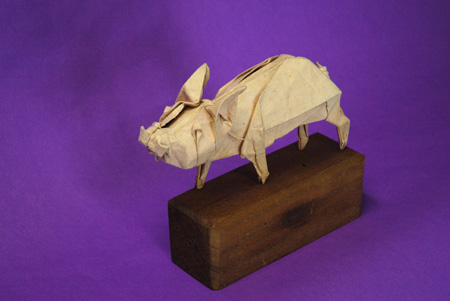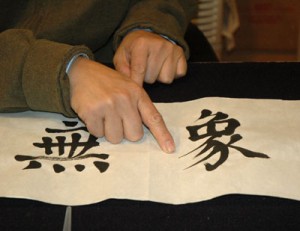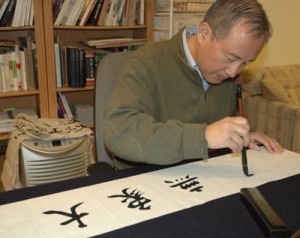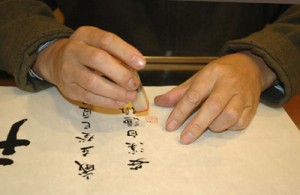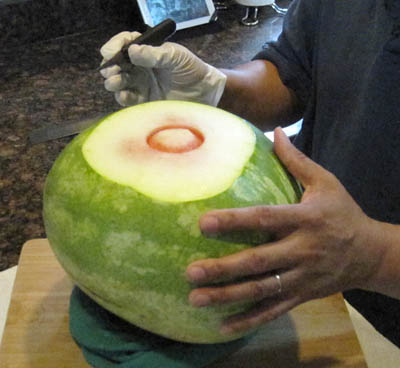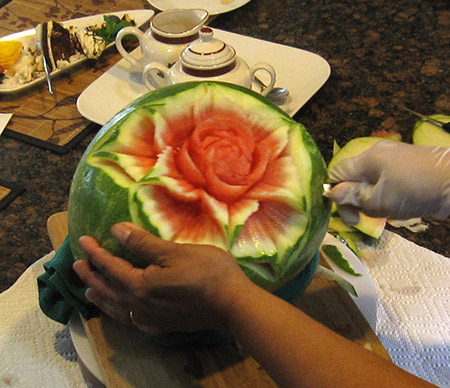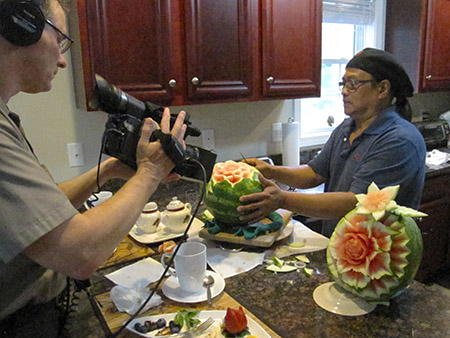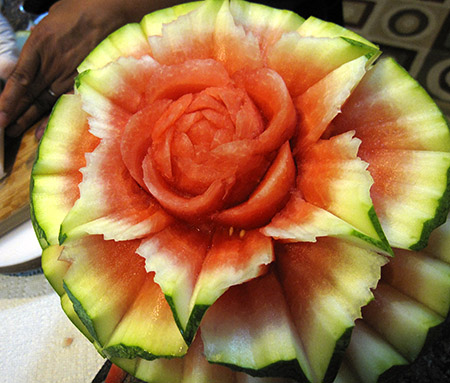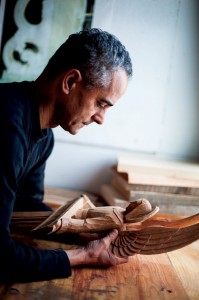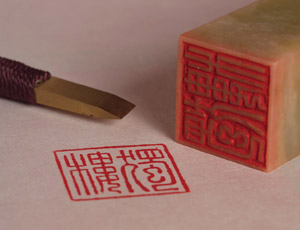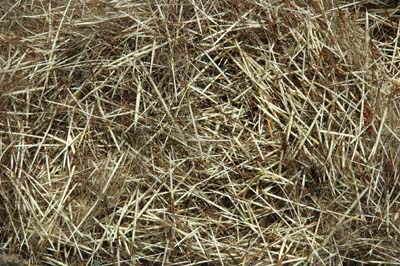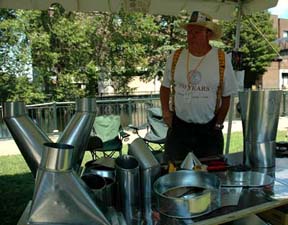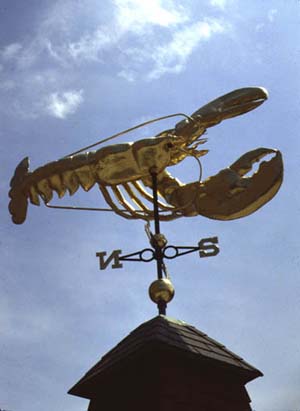 American Alligator, designed by Michael LaFosse; folded by LaFosse and Richard Alexander (50 hours total) from one, uncut, 6′ square of handmade paper by Alexander
American Alligator, designed by Michael LaFosse; folded by LaFosse and Richard Alexander (50 hours total) from one, uncut, 6′ square of handmade paper by Alexander
It’s the time of year when we start thinking about selecting a theme for the folk craft area of the Lowell Folk Festival. The idea of paper traditions seems full of potential; possibilities include origami, Polish wyncinanki, Chinese paper cutting, kite making, Italian marbled paper, decorative paste papers, wallpaper, piñatas, Turkish Ebru, and a variety of children’s folklore (cootie catchers, fortune tellers, gum wrapper chains, spitballs, and paper airplanes. . . )
I decided to start my search with origami — the art of folding paper from a single, uncut sheet — and soon discovered there are a world of paper folders out there, doing everything from paper cranes to extreme origami. How thrilled I was to learn about Origamido, a commercial design studio, hand papermaking facility, and fine art gallery founded by Michael LaFosse and Richard Alexander in 1996, and located in Haverhill, Massachusetts, just a twenty mintue drive away.
Above: Michael LaFosse at Origamido
Below: Richard Alexander holding origami Afican Pangolin, designed and fronded by Eric Joisel from a single, uncut 2 m square of wrapping paper
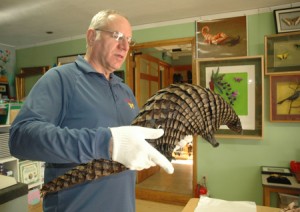
Michael designs, diagrams, and folds. Richard Alexander designs, specializes in making handmade paper, and shoots photography and video. They are probably the only origami artists in the world today who routinely make custom paper. In fact, other master origami artists prize their papers, which are made with permanent, finely ground pigments so pieces will last hundreds of years. They make a living by publishing books of their work and by teaching in-school residencies.
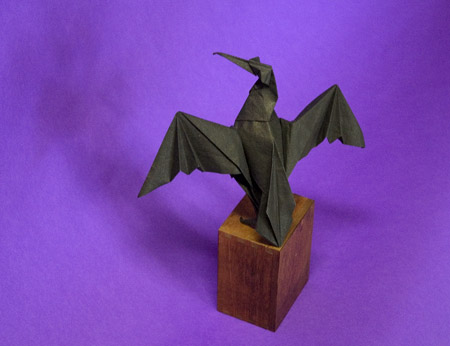 Origami Cormorant Drying it’s Wings, designed and folded by LaFossse in handmade paper by Alexander
Origami Cormorant Drying it’s Wings, designed and folded by LaFossse in handmade paper by Alexander
Both Michael and Richard have backgrounds in science, which explains the strong natural history focus to their work. Whereas a majority of origami is geometric, Michael is drawn to living subjects, rather than the intricate geometric forms. He was inspired by the work of Master Akira Yoshizawa, a key figure in modern Japanese origami, who originated the wet folding technique. Wet folding allows shaping that will stay in place when the paper dries.
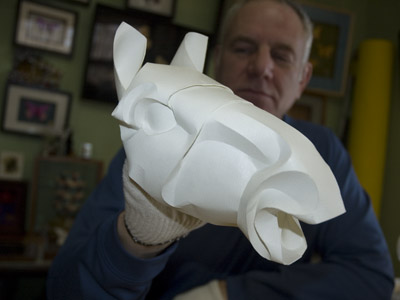 Alexander holding Zodiac Horse designed and executed in “roundfolding” technique by Roy Iwiki, from distorting scored curves in card stock
Alexander holding Zodiac Horse designed and executed in “roundfolding” technique by Roy Iwiki, from distorting scored curves in card stock
Cattlyea Orchid designed and folded of crepe paper by LaFosse
Today, mathematicians and computer programmers have created a system that largely prescribes crease patterns. “You get greater complexity,” Michael concedes, “but you also get a lot of things that can look like they evolved from the same technology.”
One is said to “perform” a piece of origami. Michael elaborates, “The very best origami begins in the design stage, where the folding, from start to finish, is elegant. Because it’s often the little touches – the paper you choose, how you place the folds, and the little details. It’s amazing how a millimeter off at one end magnifies out at the other end, and it will change the look. Even people who do not know anything about origami can tell if something is off.People even who do not know much about origami will look at something like that and they will know something is off. And that’s like singing out of tune or not having the right color in your voice. The subtleties that shade performance are also there in the folds.”
Wilbur the Piglet, origami designed and folded by LaFosse from his own handmade paper
An elegant fold is one in which the geometry works naturally. The finished piece has to look alive. In preparation for making Wilbur the pig (1991), Michael spent many hours at the Topsfield Fair, observing piglets. Having the right paper was critical. Experimenting, he came up with the perfect handmade paper — pale pink in color, fairly stiff, with a fuzziness to its finish. The actual folding of the piece took approximately six hours.
When I ask if he would ever make another Wilbur the pig, he responds, “If I did, I would be trying to copy the magic in the bottle that I captured when I made Wilbur. Or I would become a student, in a torturing sort of way. Sort of, like, how did I get that just right? And then, you know, it’s just brittle. It doesn’t work.”

